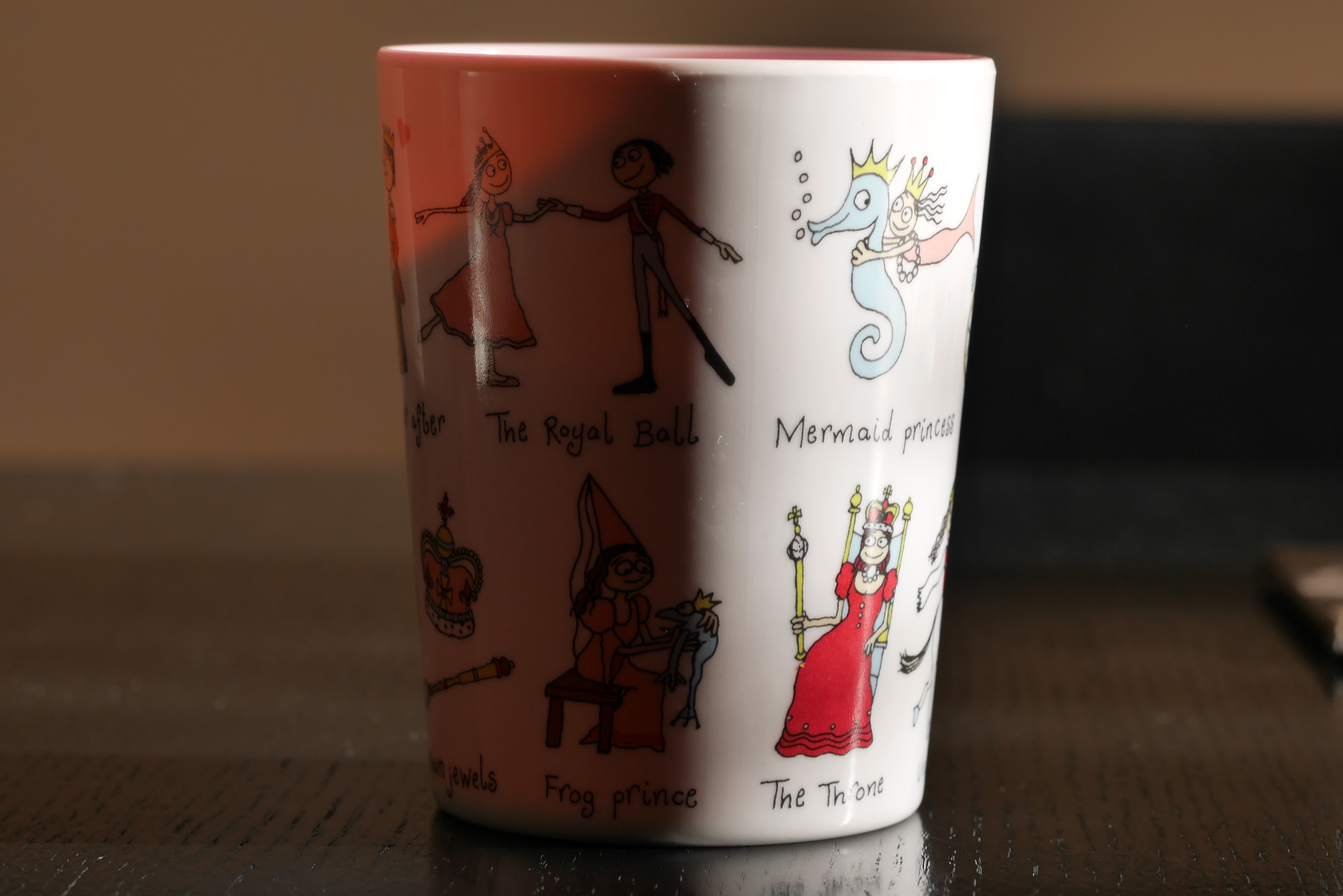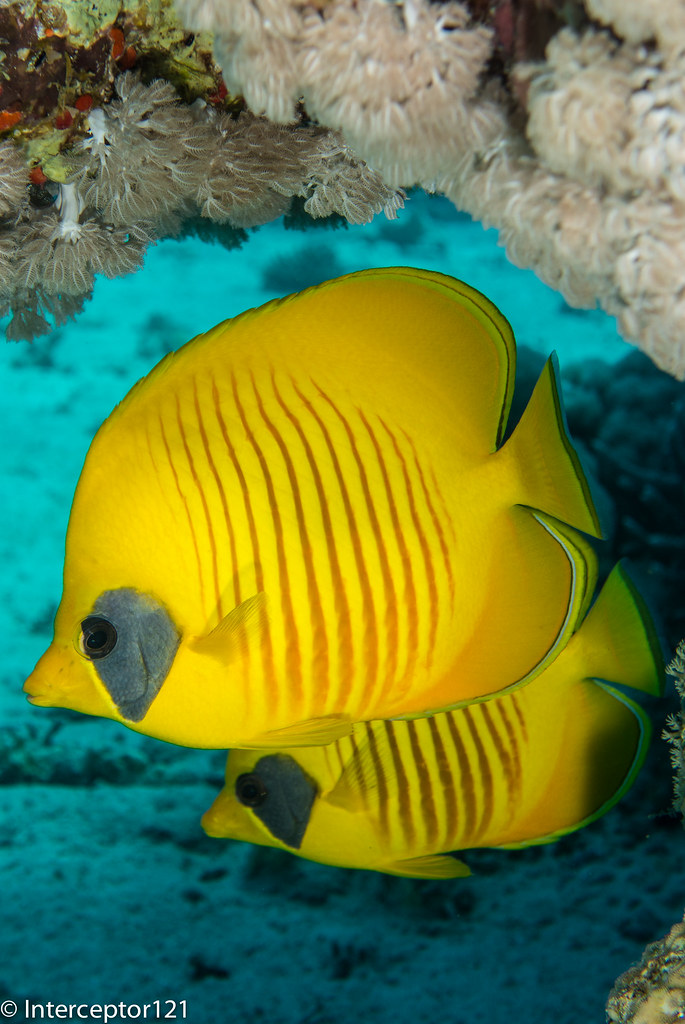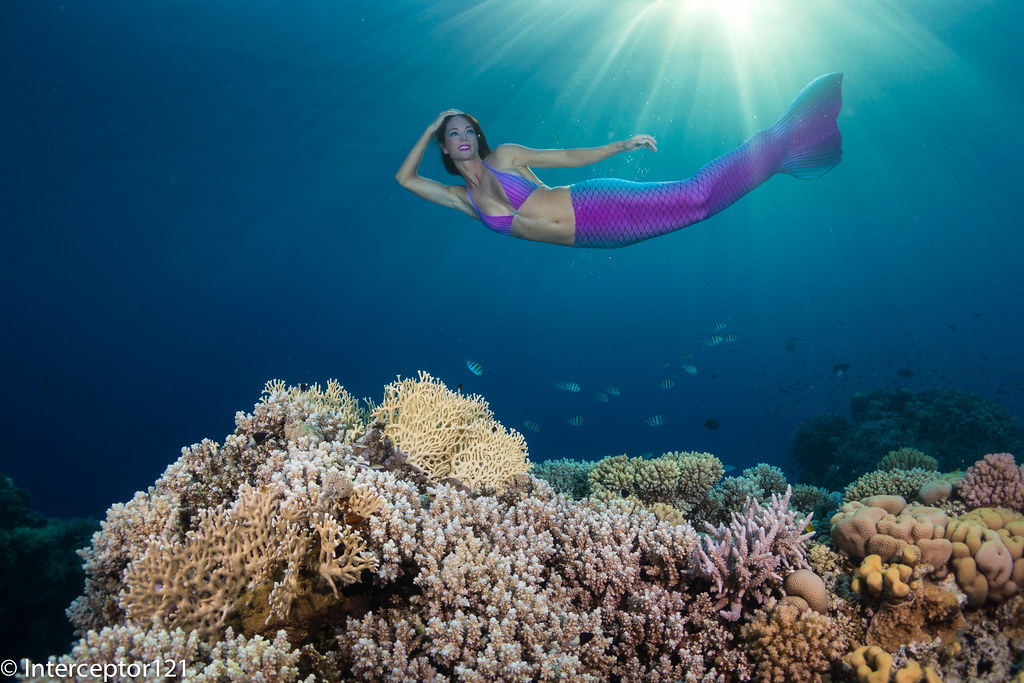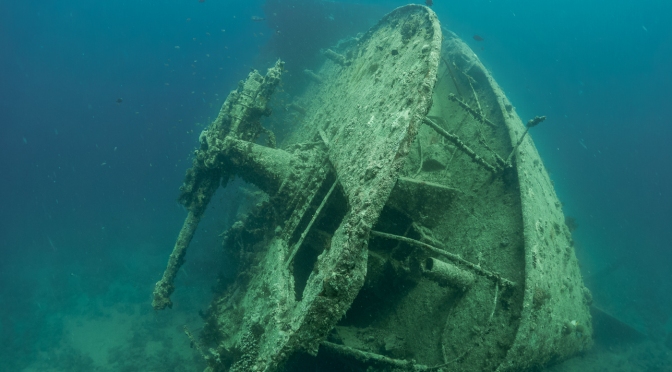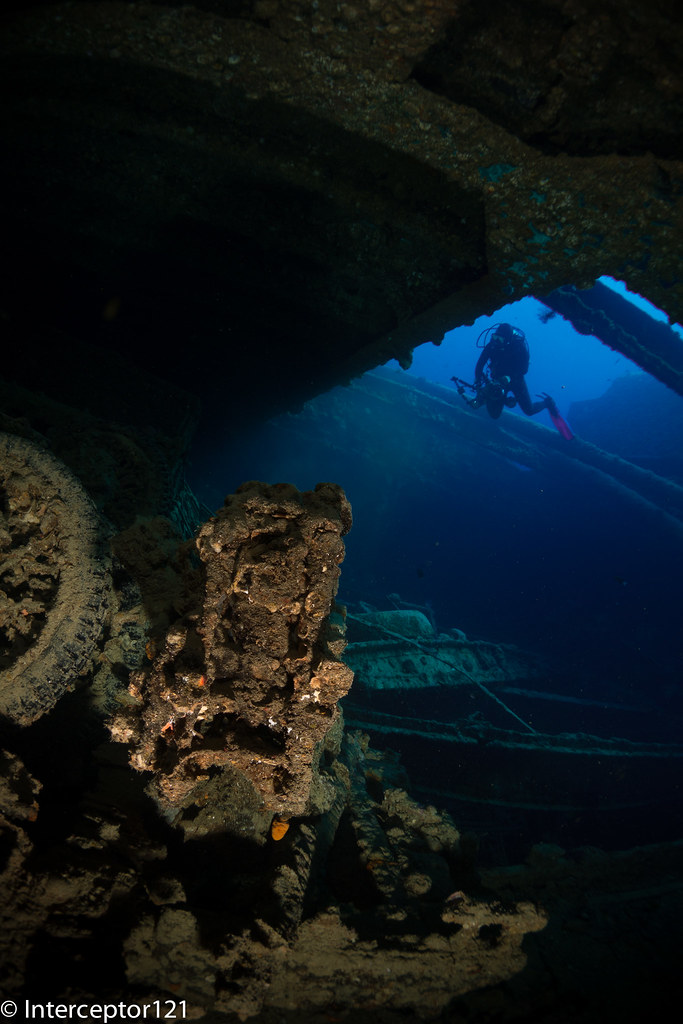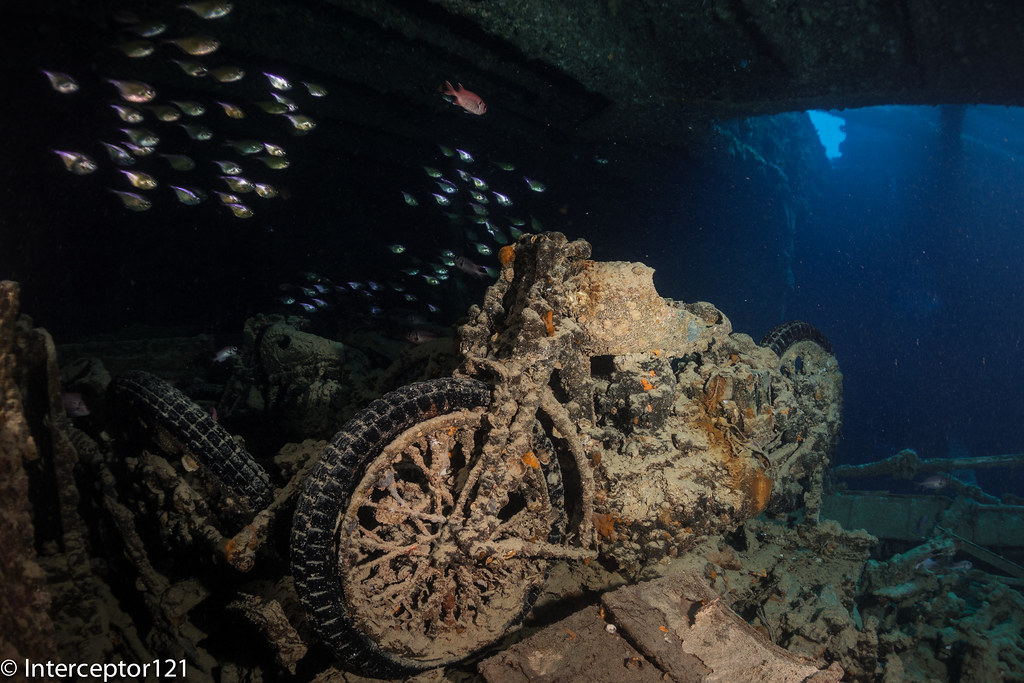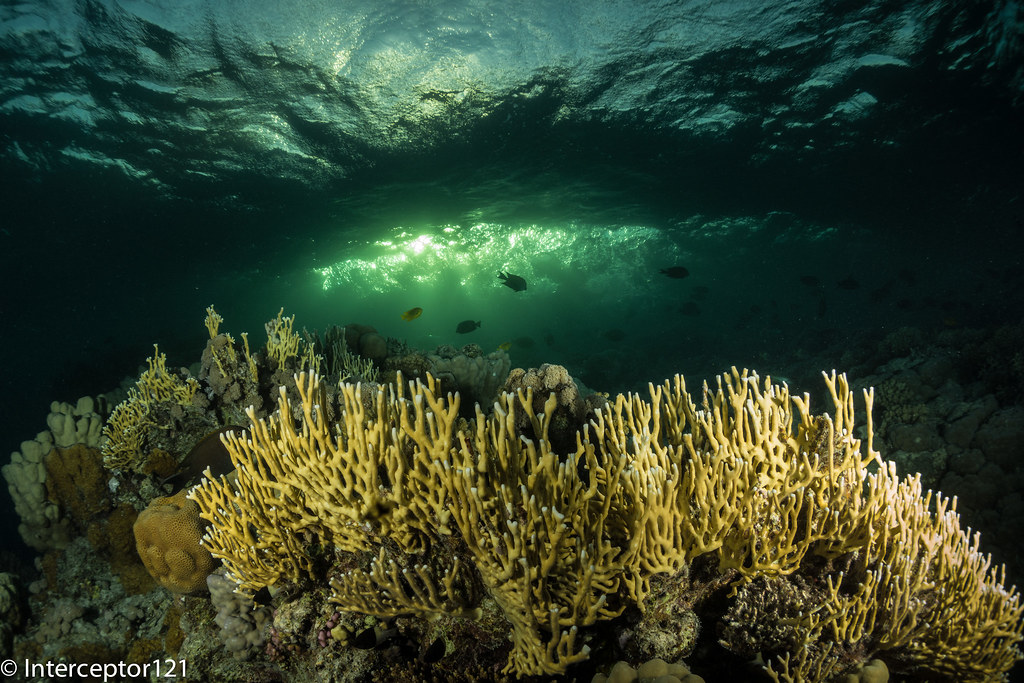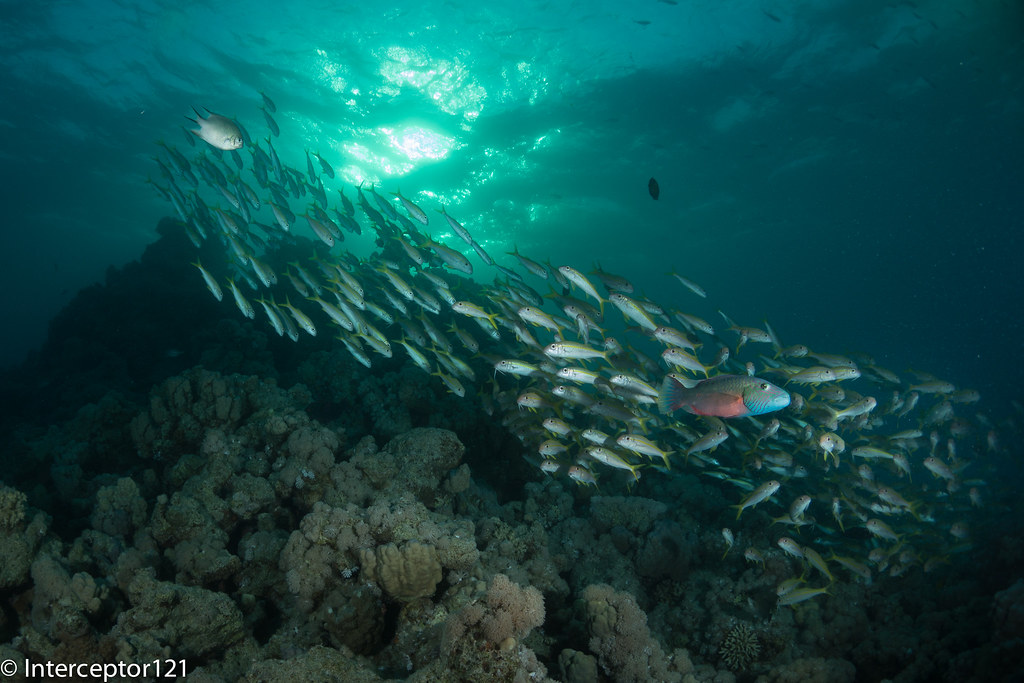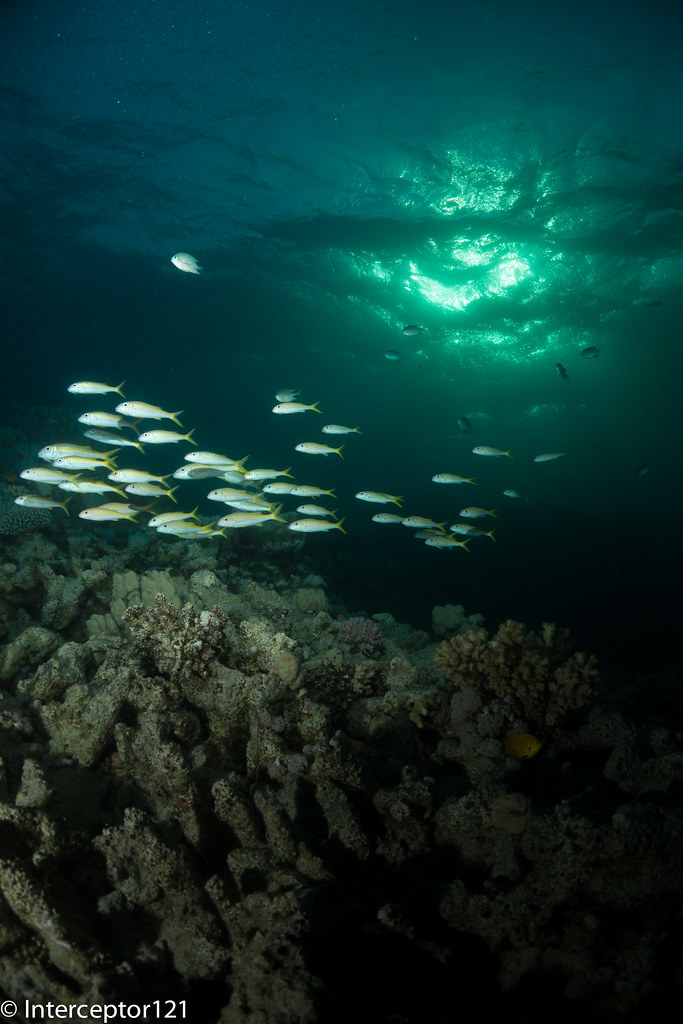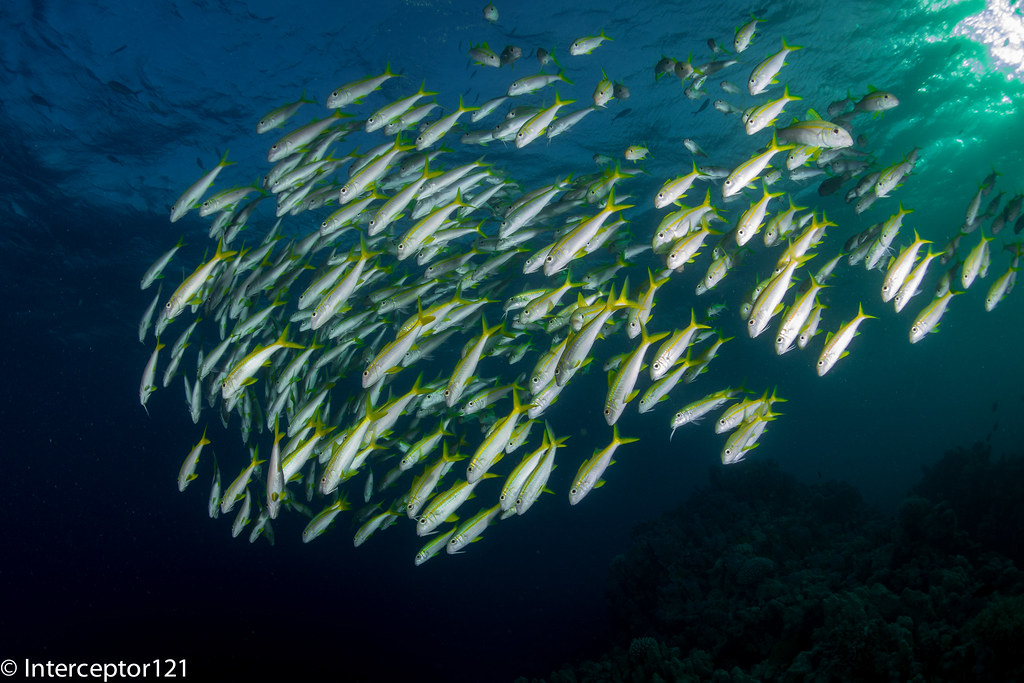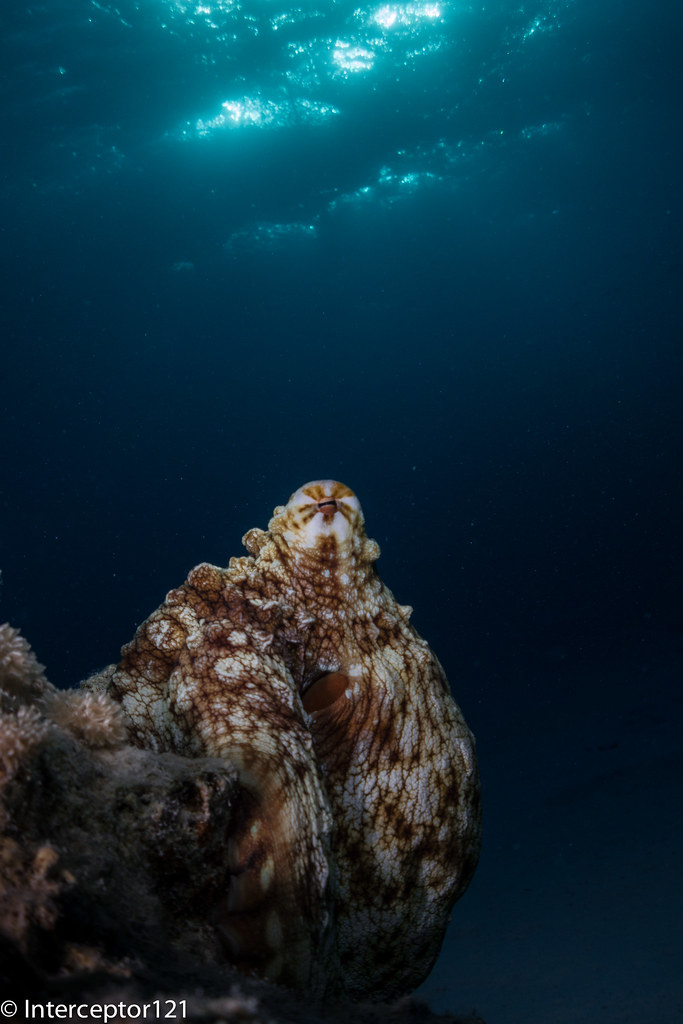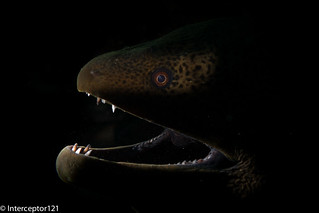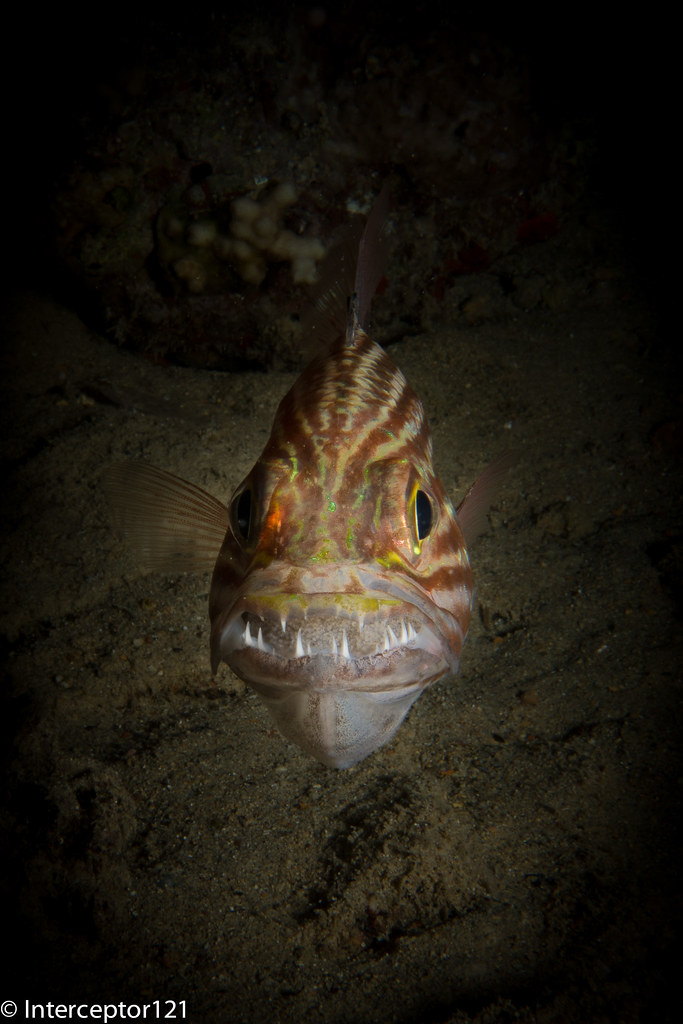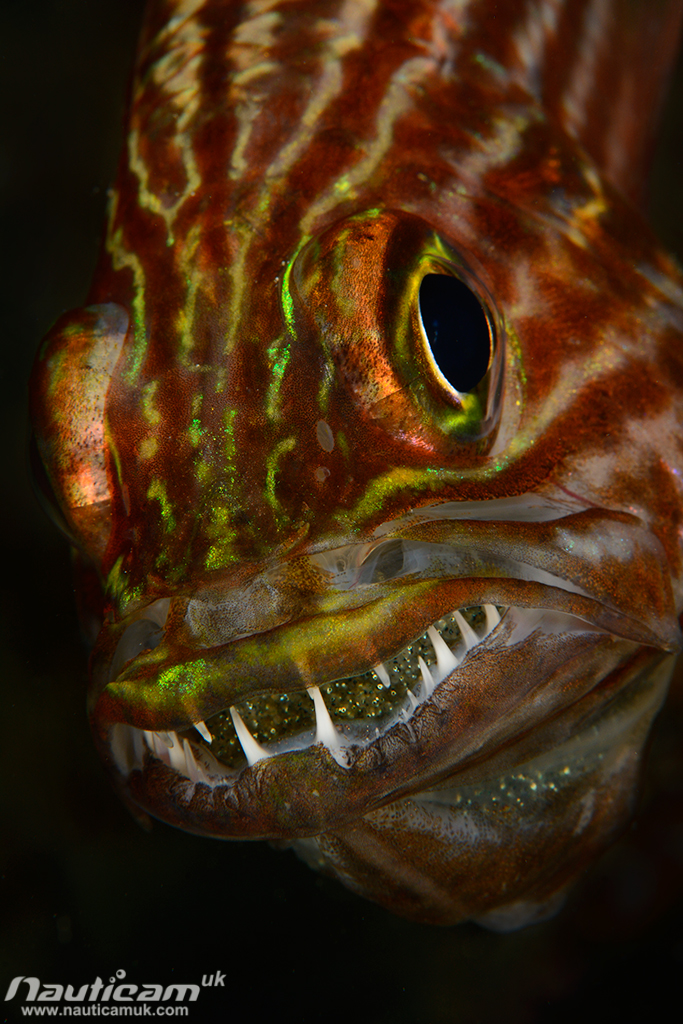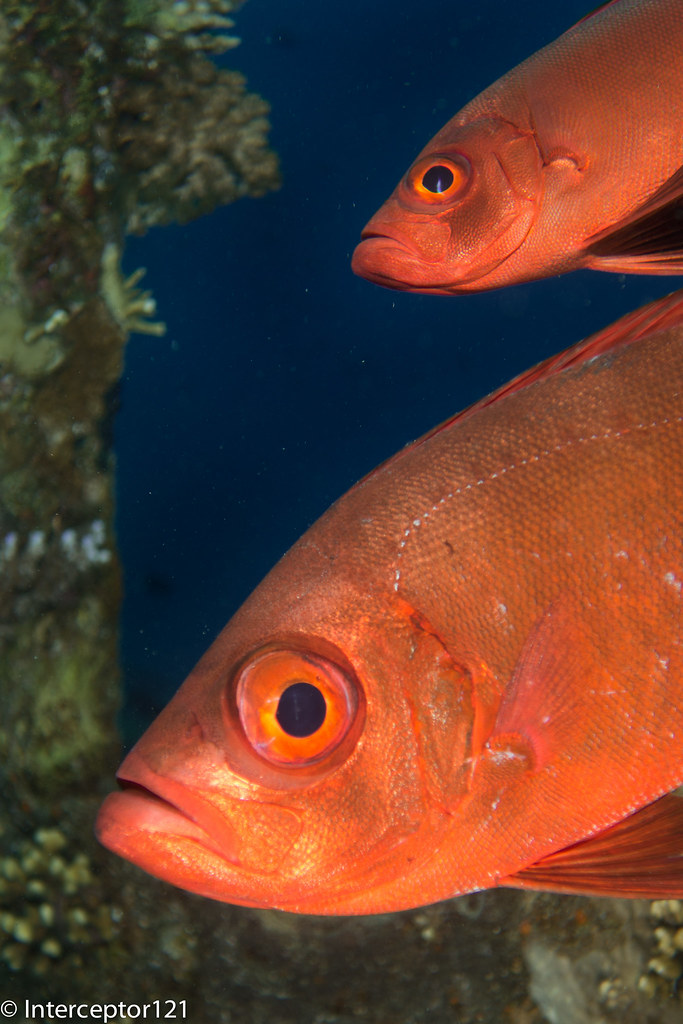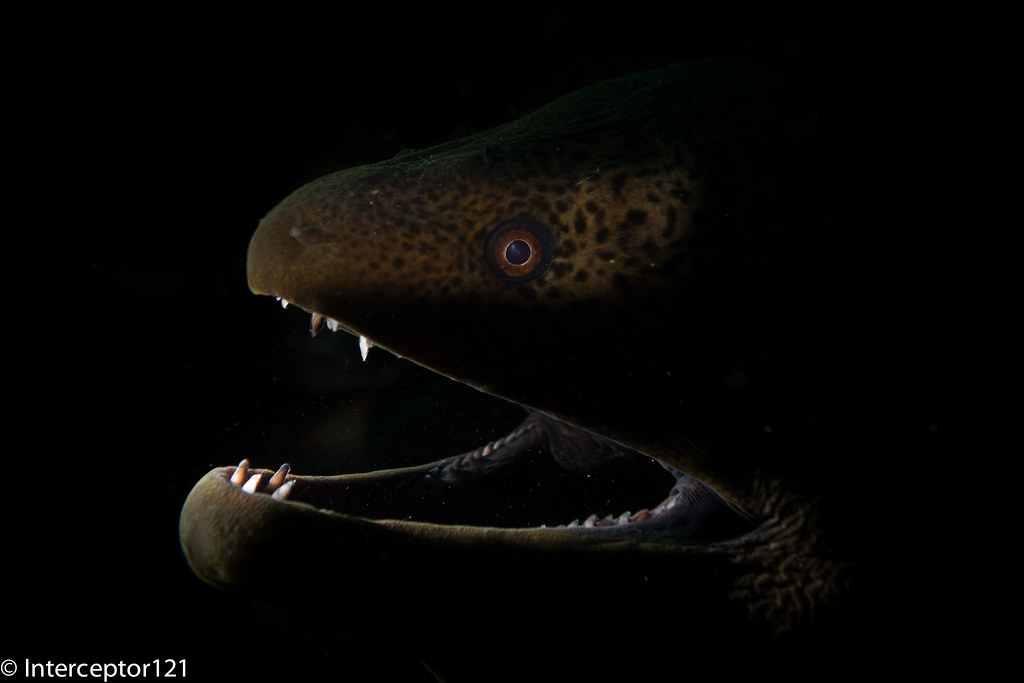I see many posts on line debating which macro lens is best for your micro four third system.
If I refer to the Nauticam system we have 4 macro lenses:
- Olympus 30mm
- Panasonic 30mm
- Panasonic 45mm
- Olympus 60mm
For the purpose of this article I will skip the Olympus 30mm as the Panasonic lens is known to be sharper and will focus on the other 3 lenses.
DxOMark is a popular tool for comparison as it gives you the results on one page. I have run it for the Oly 60 and the Pana 30 and 45 on the 20 Mpix OMD E-M1 MKII

Surprisingly the much more expensive Leica performs worse than the other cheaper models, this is confirmed on all internet sites running other type of tests.
What we can see is that there is little difference between the Panasonic 30mm and Olympus 60mm when it comes to image quality so whichever lens you choose your subject at the same level of magnification and aperture will have more or less the same detail.
Common Misconception: Shorter focal length give more depth of field
Many people think that using a longer lens is harder because there is less depth of field this is actually incorrect conceptually.
Let see why
Using an online calculatore like Dofmaster https://www.dofmaster.com/dofjs.html
Enter for the Panasonic GH5 the following parameters
Circle of confusion: 0.015 mm
Focal length 30mm
Distance 10.5 cm (minimum distance of the 30mm Macro)
Aperture f/11
Result Total depth of field 0.3cm
Now enter
Focal Length 60mm
Distance 21 cm (as it achieves the same magnification)
Aperture f/11
Result Total depth of field 0.3cm
So depth of field is not a consideration when choosing a macro lens…
Shooting a subject close to the background
In the following 3 shots am taking an image of a widget at f/11 at 29-44-60 mm on a Leica 12-60 (it is just easier it makes no difference to the outcomes)



At the same aperture you can clearly see that there are no difference whatsoever in the detail and actually overall in the picture you don’t notice anything.
Shooting a subject far from the background
For the second shot I have moved the widget away from the wall.



Again there is no difference in the level of detail of the widget however looking at the background we can see that
- The 60mm shot reveals one brick and less than one quarter
- The 44mm shot reveals one brick and a half
- The 29mm shot reveals two bricks
So while the subject is exactly the same as the 60mm lens has a narrower field of view we see much less of the background.
This means that if you are shooting a nudibranch on the sand or something flat on a rock you won’t notice anything however if there is space behind the subject you will capture much more of that resulting in less subject isolation.
Underwater Comparison 30 vs 60 mm
In the first shot the Rhinopia is taken with a 60mm lens


In the second shot the same Rhinopia with the 30mm (in a different place to be fair)
I have marked up with red the areas that with a longer focal length would have been minimised.
Which Lens to choose?
Now that we have clarified that depth of field is not a consideration and as each macro lens will have the same magnification there are only two factors that matter:
- Working distance
- Isolation from background
The 60 mm will have a longer working distance and at the same magnification will isolate the subject better from busy backgrounds, the 60 mm is also better for skittish subject because of the longer working distance. I have this lens and I have borrowed the 30mm in couple of occasions but do not have the 30mm yet.
There are however situations where longer working distance is not a benefit, specifically when the visibility is poor and there are suspended particles or the subject is really large.
In the example below I was at one meter from the two frogfish, a 30mm would have been better however the shot came OK.

Conclusion
I believe the Olympus 60mm is a must lens to have. To date I have not felt the need for the Panasonic 30mm that is indeed a very sharp lens because I have always managed to pull out the shots. However for someone diving in murky water and focussing on nudibranches or subject laying flat on the seabed the Panasonic 30mm could be a better choice. I also want to say that using the 14-42mm at 42mm for me is actually a better choice for portraits and with a close up lens works very well with small subject not super macro and therefore as I already own the 14-42mm and various diopter for me the 30mm is not on the shopping list.








